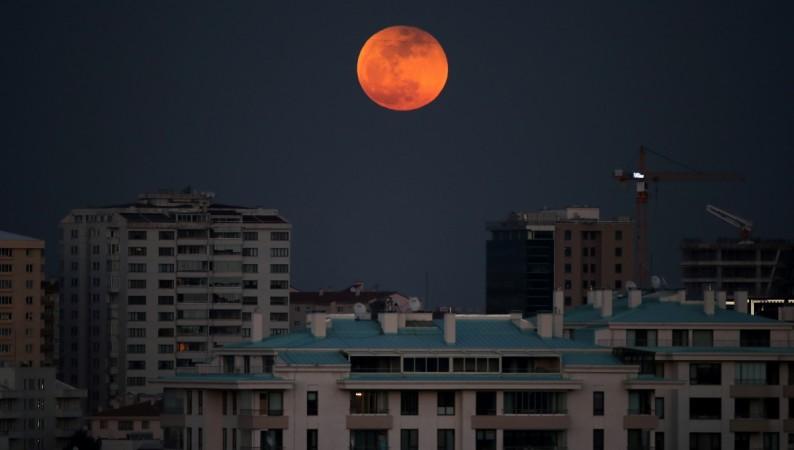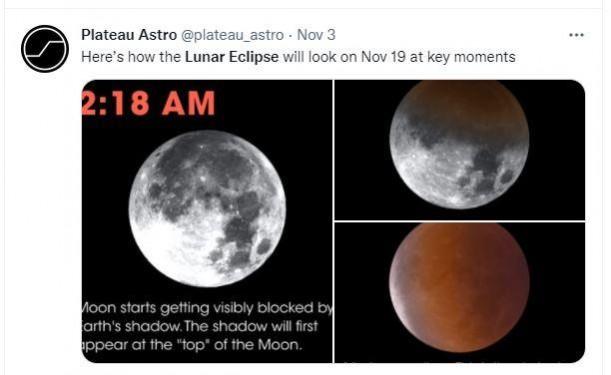Astronomers and stargazers are going to love this. The longest lunar eclipse of the century is due to occur this month and it will last roughly three and a half hours.
On November 19, the Earth will pass from between the Sun and Moon, thereby creating a shadow on the Moon's surface. It is when all three align in a straight line that the spectacular celestial event occurs.

The total eclipse will occur just after 1.30 pm IST, when the Earth will eclipse 97 per cent of the full moon from the Sun's rays, announced NASA. When shadowed, the moon will acquire a reddish hue, thereby making it spectacular.
Before this, the longest lunar eclipse occurred in 2018 and lasted roughly half the time of 1 hour, 42 minutes and 57 seconds. The late November moon is also known as the "frost moon."
To be visible in north eastern states of India
Those in the north eastern states of India, including Assam and Arunachal Pradesh will be able to see the lunar eclipse. Whereas in the US, all of the 50 states will be able to see the celestial event, apart from Mexico.
NASA also said that the eclipse will also be visible in Australia, Northern parts of Europe, East Asia and Pacific Ocean region. It further that the eclipse will last a total of 3 hours, 28 minutes and 23 seconds, thereby making it the longest lunar eclipse of this century from 2001 to 2100. Among the November 2021 sky watching tips from NASA, it also advised to look for Pleiades, Taurus & Orion star groups rising in the late evening.
Of lunar eclipses and this century
In the 100-year period of this century, the Earth will witness a total of 228 lunar eclipses. During a total lunar eclipse, 100 per cent of the Moon is shadowed by the Earth. Whereas only a part of the Moon is obfuscated by the Earth's shadow in a partial eclipse. After November 19, the next lunar eclipse will take place on May 15 of next year which will be a full lunar eclipse.









